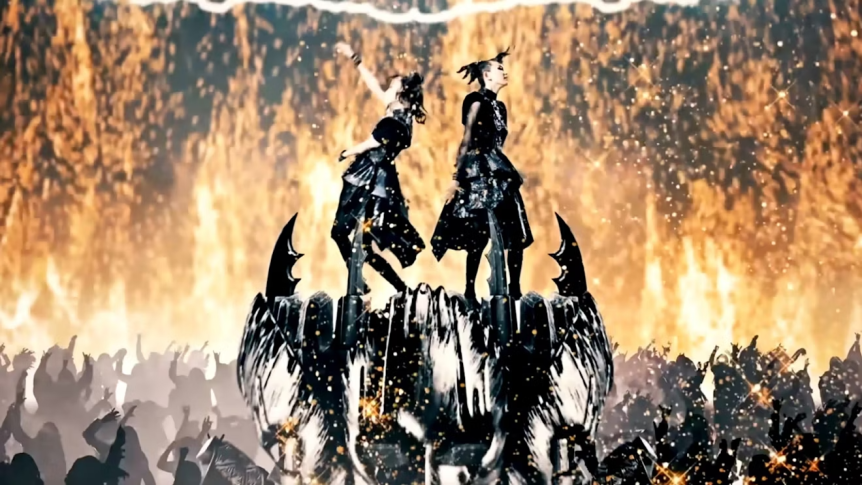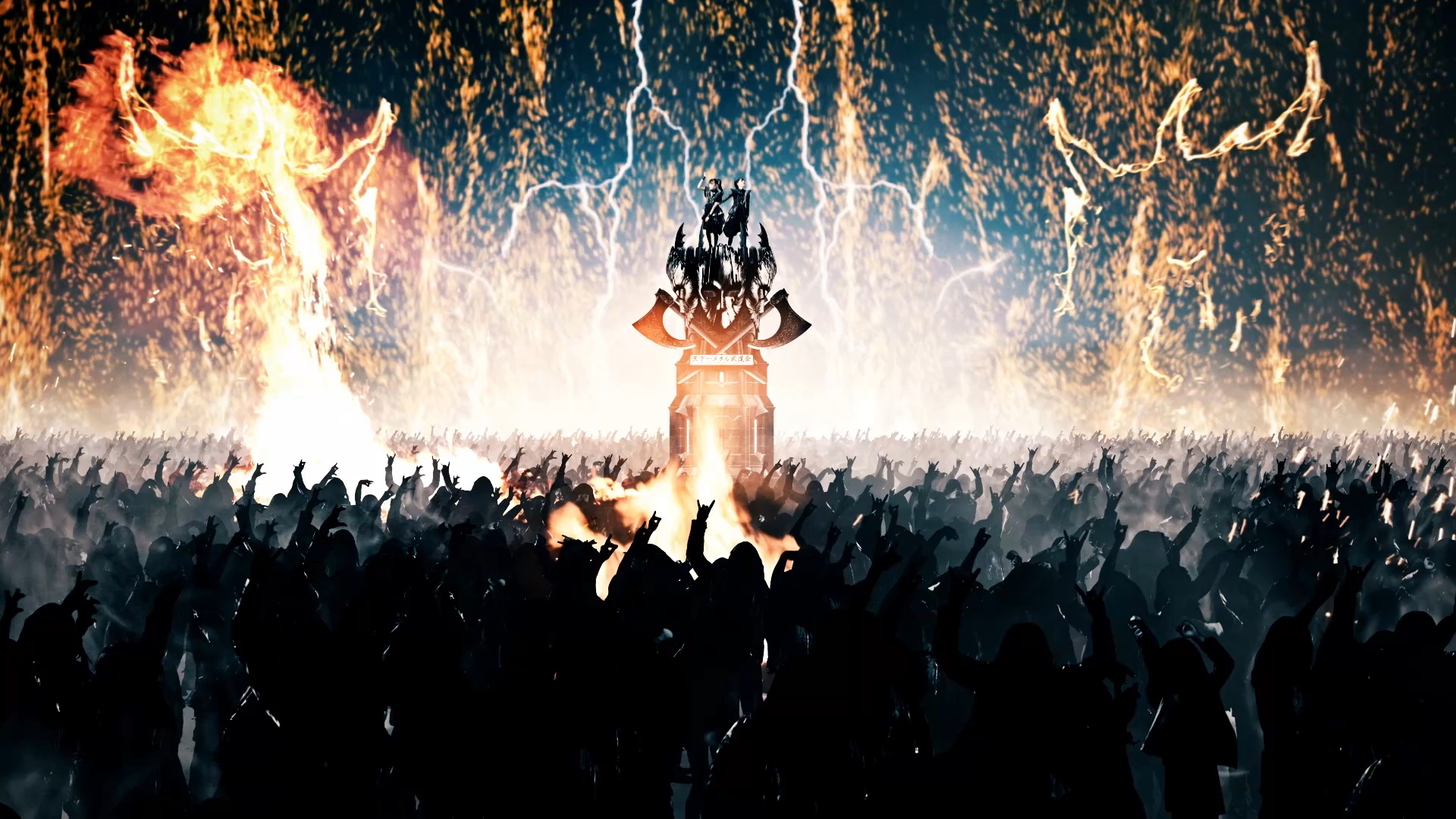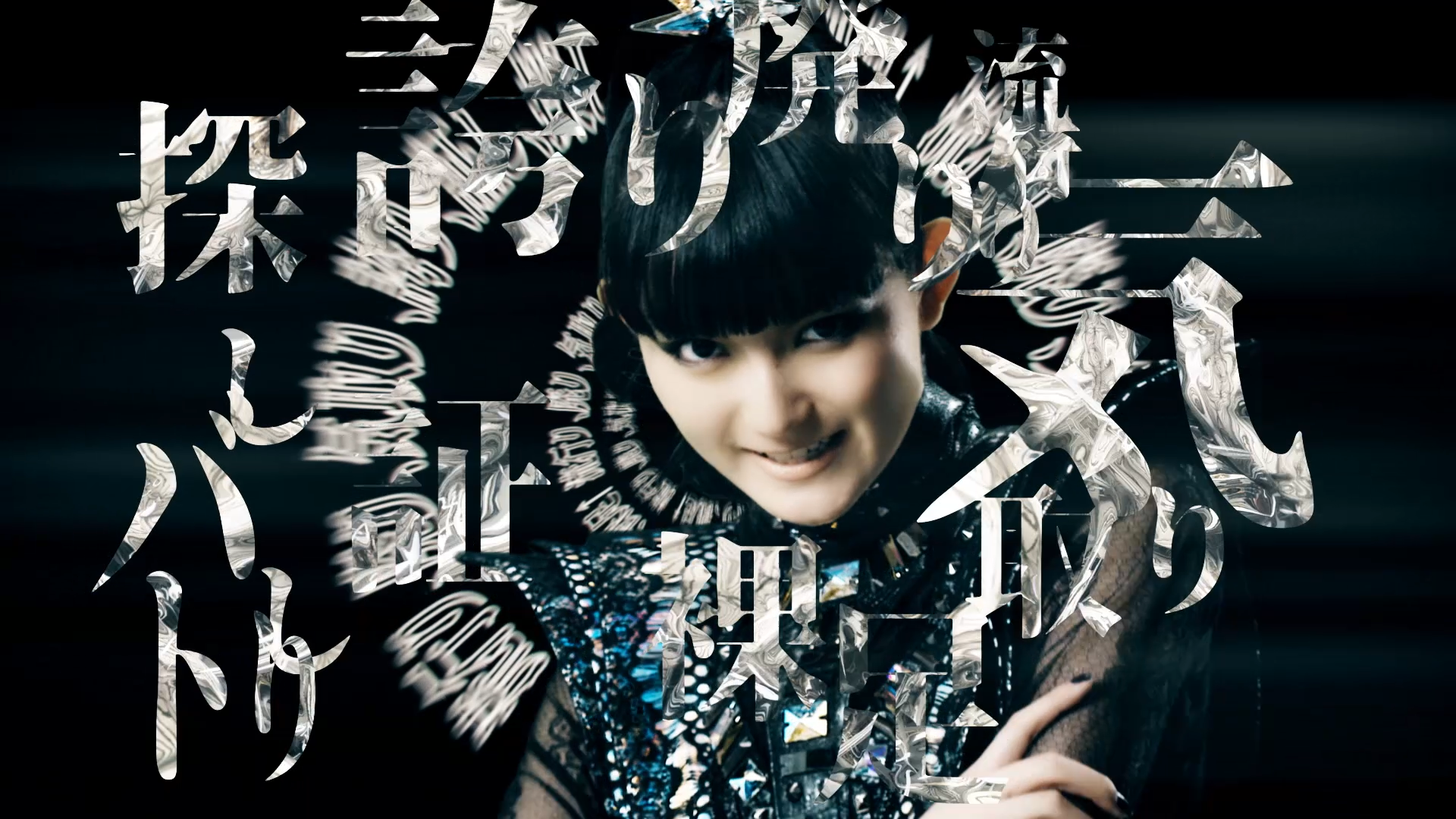Director / Designer Shimon Tanaka on immersing himself in BABYMETAL’s music and using Red Giant tools for design and live visuals.
The Japanese band BABYMETAL is a presence that transcends the boundaries of heavy metal. The members, SU-METAL, MOAMETAL, and MOMOMETAL, deliver grand live performances filled with wild, cinematic visuals, a massive stage, and, above all, their heavy music, which is enveloped in enthusiastic cheers.
BABYMETAL is a group born in Japan, whose unique presence has garnered support, leading them to perform worldwide through tours and festivals. CG Director Shimon Tanaka has contributed significantly to the creative aspects of BABYMETAL's world.
We talked with Tanaka about his background, work with BABYMETAL, and his role as a participating artist in the Intel® Blue Carpet Project, an initiative designed to support creators who produce outstanding work elevate the entire creative scene.
Tell us a bit about yourself and your background.
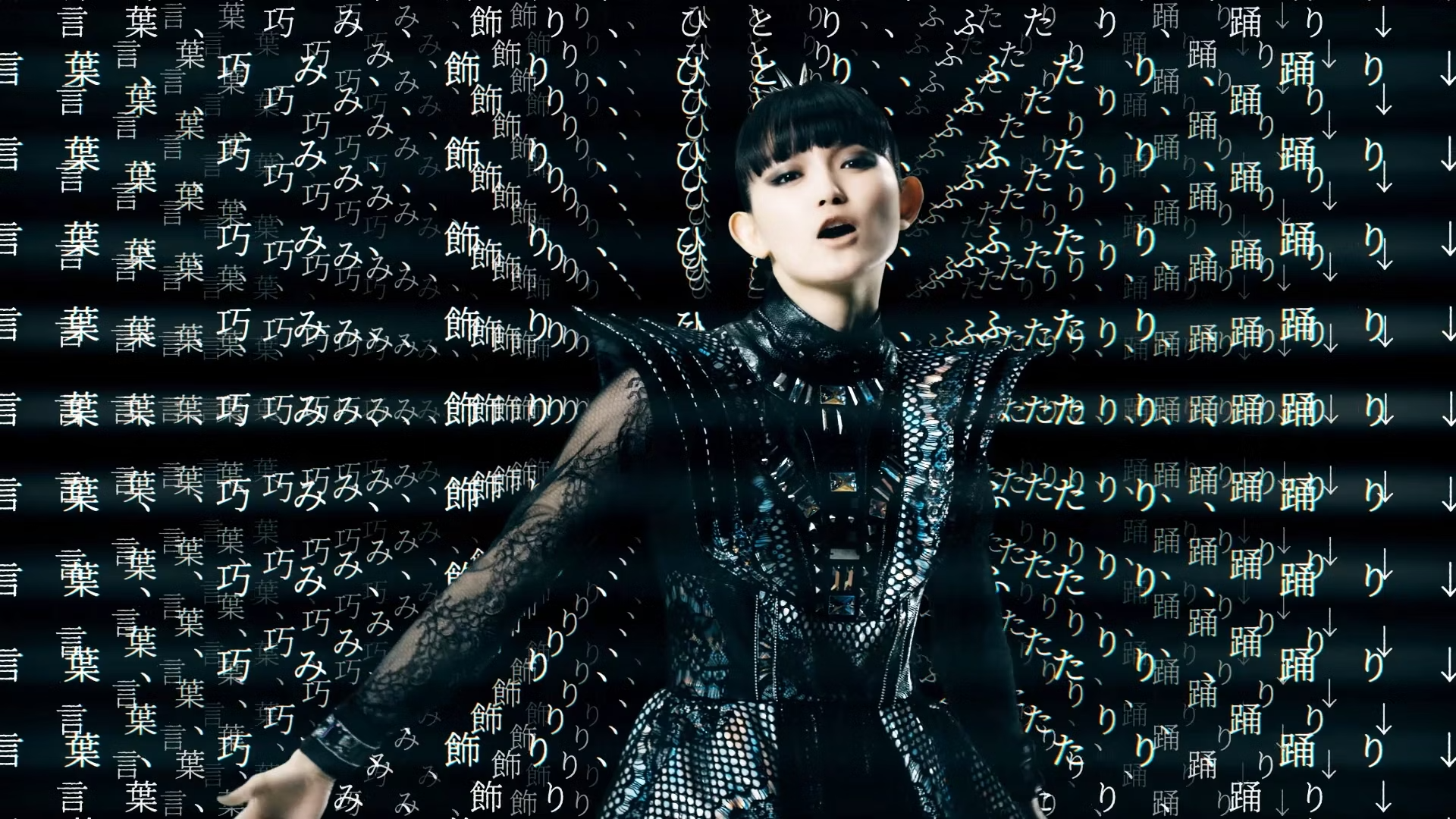
Tell us about the Blue Carpet Project?
Talk about your work with BABYMETAL.
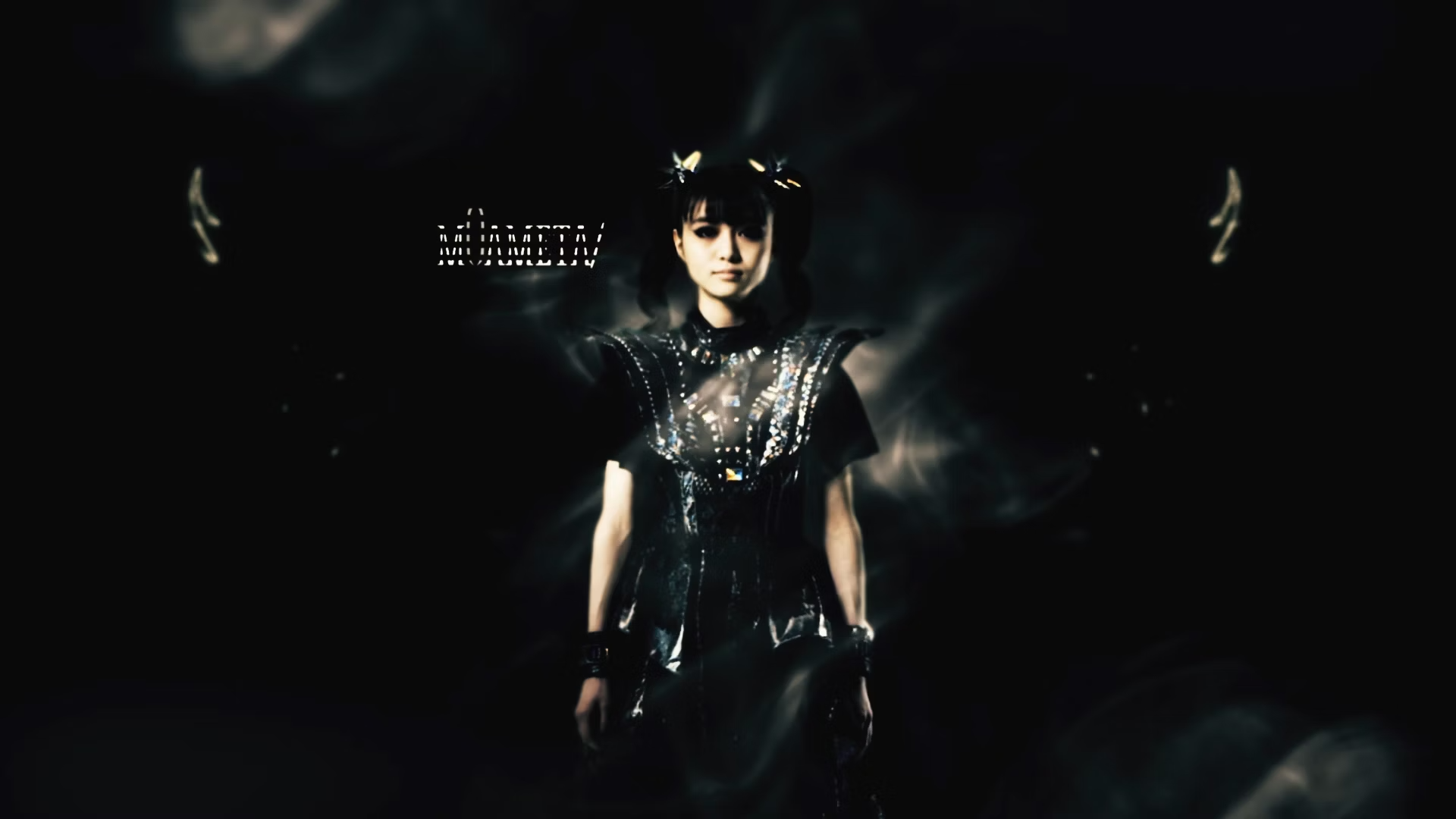
What are some of your go-to tools during production?
Describe your creative process for staging, videos, and visuals.
Tanaka: When preparing for a new project, I create rough concepts in both video and still images for various aspects of the project. For example, in live performances, the section responsible for stage design builds their designs based on these visuals. For BABYMETAL's Okinawa performance, I incorporated Shisa, the traditional protective deity of Okinawa, into the design. The Shisa was created large enough for the members to make their entrance through its mouth on stage. I was truly moved to see how the Shisa I designed was brought to life in a three-dimensional form, as I wasn't sure how it would turn out.
For music videos or concert visuals, I typically spend all my time listening exclusively to that song. I immerse myself in it until I can play it back in my mind at any moment, and then I start working. While I do pay attention to the lyrics and themes, I don’t focus too much on them. Instead, I aim to capture the overall vibe of the song and visually express the emotions it evokes in me.
Besides BABYMETAL, what other projects are you working on?
Do you have any advice for aspiring design students?
